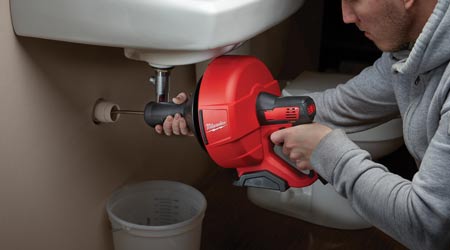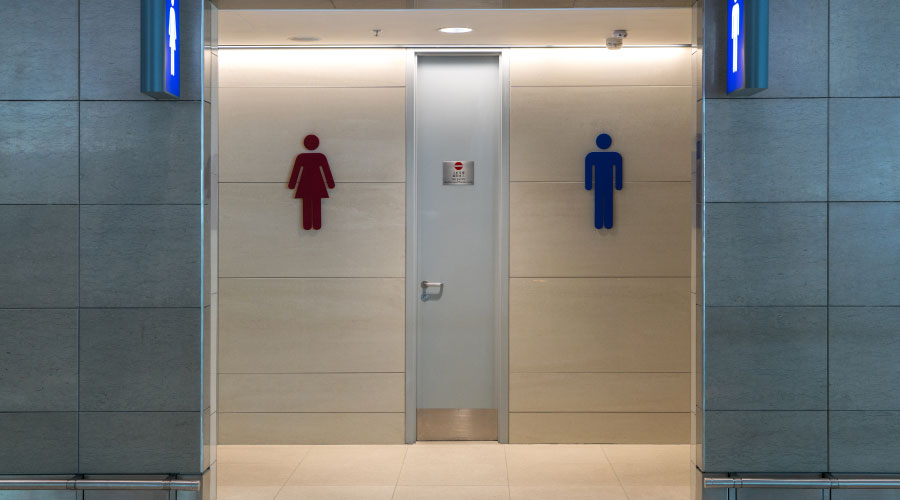Managers who are proactive in preventing plumbing system clogs and backups can lighten their workload and help keep pipes and drains clear.
Preventing Piping Problems
Perhaps the smartest steps maintenance and engineering managers can take when it comes to preventing clogs are to be proactive and take preventive measures.
“It’s easier to do routine maintenance than it is to wait for things to back up,” says Dave Dunbar with General Pipe Cleaners. “You can’t stop a clog from happening. They are just going to occur. But you can take the steps to help keep pipes clean.”
In many situations, building occupants and visitors mistakenly believe the lines can handle products that are dumped or flushed down them.
“Sometimes, people have the mindset of, ‘It’s not my house, so why not flush it?’” says Glen Chartier with Ridgid. “Placing signage in strategic places, such as behind stall doors, in front of urinals, or by kitchen sinks continues to be the simplest way to remind people about what not to put down drains.”
When it comes to grease-clogged lines, routine maintenance is one of the best ways to prevent problems. Routine maintenance can be the difference between clear pipes and clogged lines.
“If a pipe backs up, then it becomes an emergency situation, and it actually becomes harder to get to the point where you can go through the pipe with a jetter and do the job that you want to do,” Dunbar says. “Go through a pipe that has been known to back up in the past with a jetter maybe every six months, and go down 2 feet and back 1, down 2 feet and back 1.
“It’s that technique that can have the maximum effect on a pipe, and in a few minutes, you’re done with the pipe. It’s this kind of routine maintenance that helps keep your pipes clean and help prevent blockages from forming.”
— Ryan Berlin














